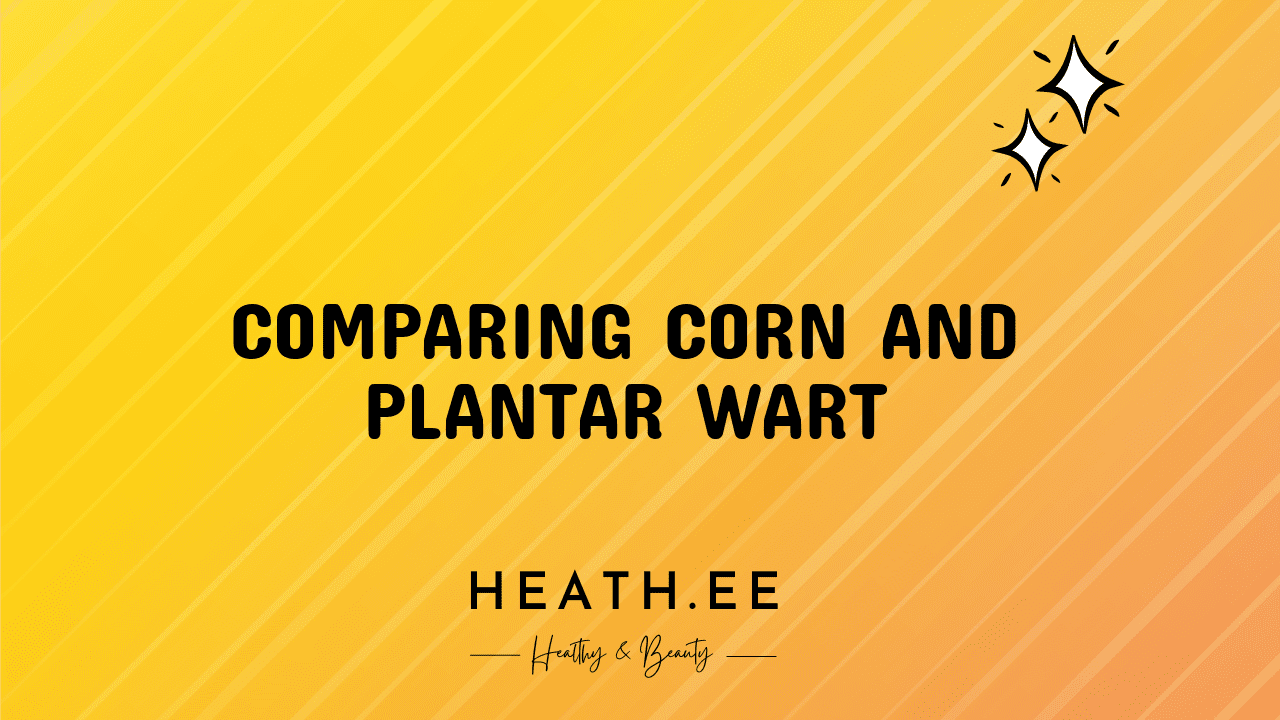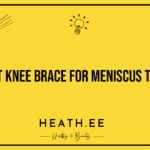When it comes to skin conditions, there are many different types that can cause discomfort and distress. Two of the most common are corn and plantar warts. Although they may look similar, there are some key differences between the two that can help you identify and treat them effectively. In this article, we will explore the differences between corn and plantar warts, and what you can do to manage them.
What are Corns and Plantar Warts?
Corns and plantar warts are both skin conditions that can cause discomfort and distress. Corns are small, round, and hard patches of skin that can develop on the toes and feet. They are caused by friction and pressure, and can be painful when walking or putting on shoes. Plantar warts, on the other hand, are caused by a virus and are fleshy, soft bumps that appear on the soles of the feet. They can be painful and itchy, and can spread to other areas of the body.

What Causes Corns and Plantar Warts?
Corns are caused by friction and pressure on the skin, usually from shoes that are too tight or from activities that put a lot of pressure on the feet. Plantar warts, on the other hand, are caused by a virus called human papillomavirus (HPV). The virus can spread from person to person, or from contact with contaminated surfaces.
How to Identify Corns and Plantar Warts
Corns are usually round, hard patches of skin that can be painful when pressure is applied. They tend to be yellowish or white in color, and can be found on the toes and feet. Plantar warts, on the other hand, are fleshy, soft bumps that appear on the soles of the feet. They can be painful and itchy, and can spread to other areas of the body.

Treatment for Corns and Plantar Warts
Corns can be treated with over-the-counter products, such as corn cushions or pads that provide cushioning and protection. Plantar warts can be treated with a variety of over-the-counter products, such as salicylic acid. In more severe cases, a doctor may need to be consulted for more aggressive treatment, such as cryotherapy or laser therapy.
Prevention of Corns and Plantar Warts
The best way to prevent corns and plantar warts is to avoid contact with contaminated surfaces, and to wear shoes that fit properly and provide adequate cushioning and support. It is also important to keep the feet clean and dry, as this can help to reduce the risk of infection.
When to See a Doctor
If you are experiencing pain or discomfort from corns or plantar warts, it is important to see a doctor. A doctor can help to diagnose the condition and provide the most appropriate treatment. It is also important to see a doctor if the condition does not improve with over-the-counter treatments, or if it appears to be spreading.
Summary
Corns and plantar warts are both skin conditions that can cause discomfort and distress. Corns are caused by friction and pressure, and are usually round, hard patches of skin. Plantar warts, on the other hand, are caused by a virus and are fleshy, soft bumps that appear on the soles of the feet. Treatment for corns and plantar warts can include over-the-counter products, such as corn cushions or salicylic acid. The best way to prevent corns and plantar warts is to avoid contact with contaminated surfaces, and to wear shoes that fit properly and provide adequate cushioning and support. If you are experiencing pain or discomfort, it is important to see a doctor for diagnosis and treatment.



